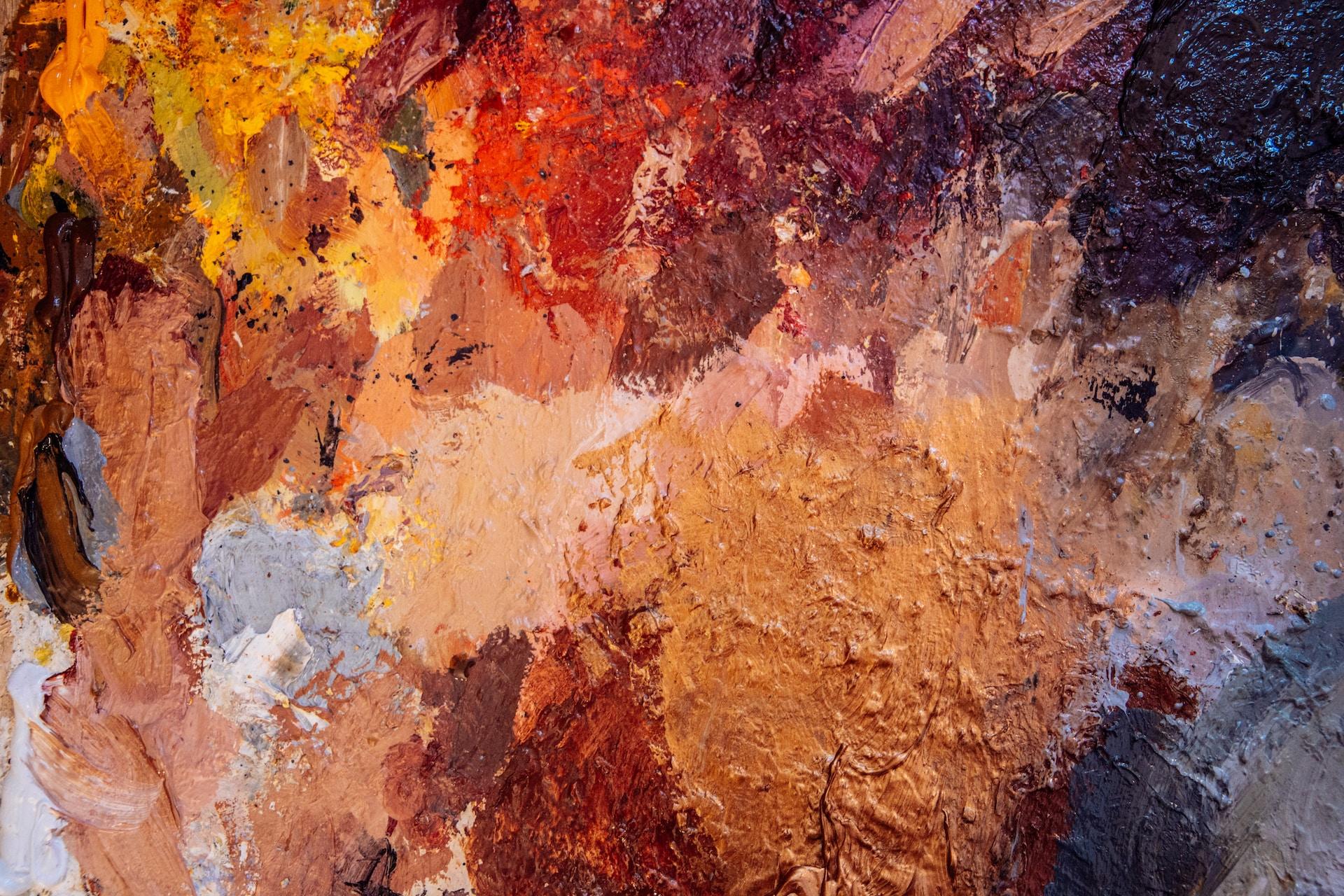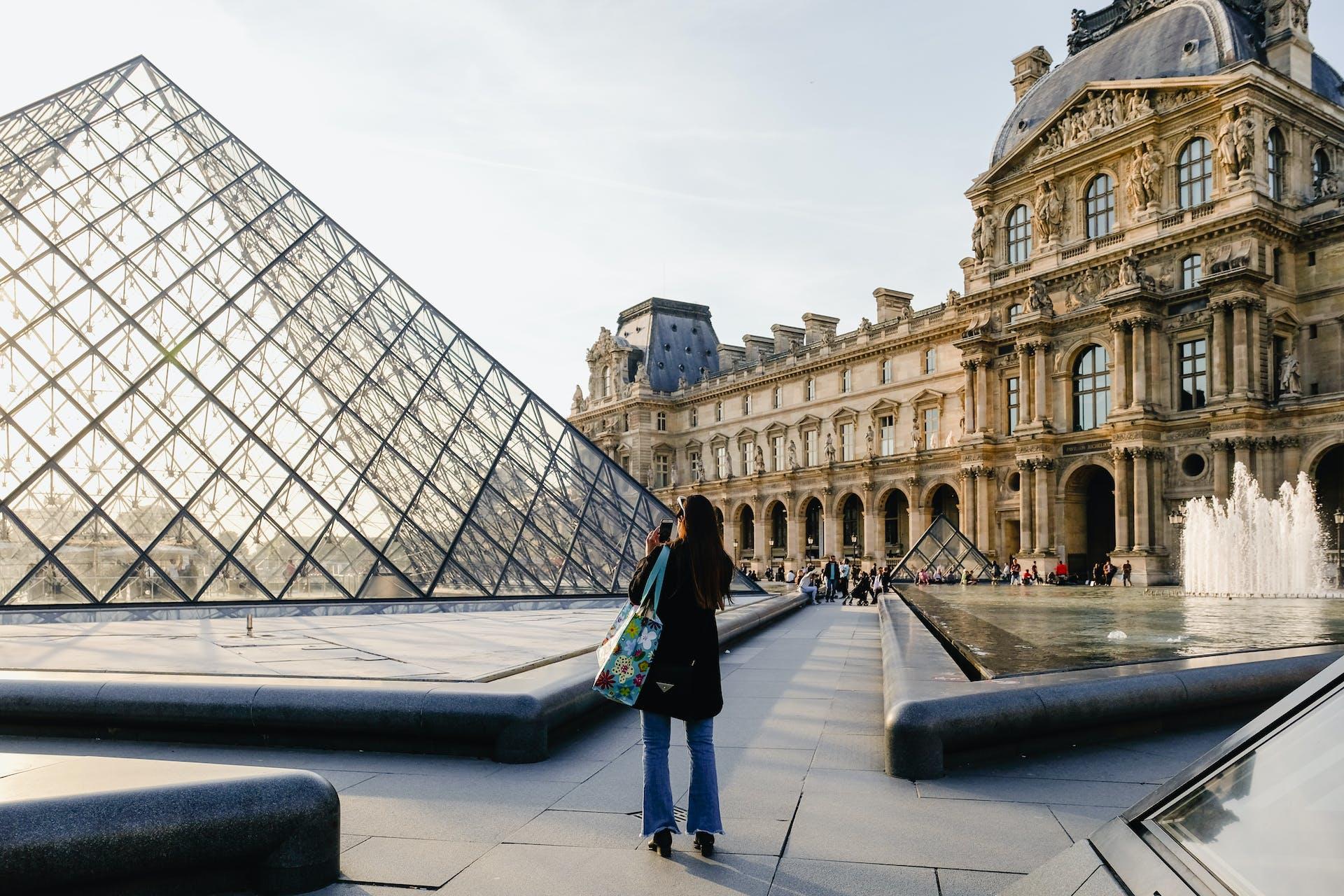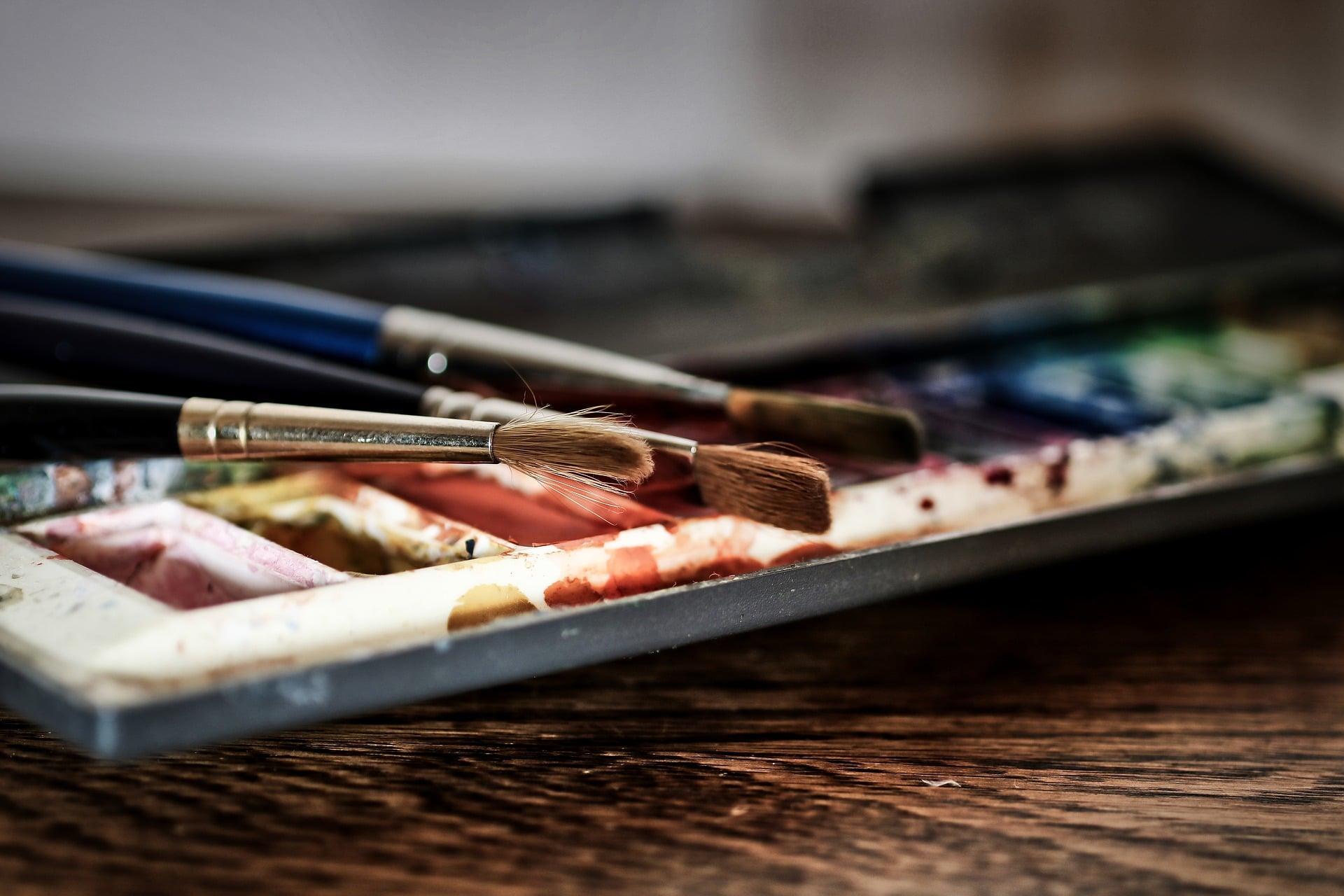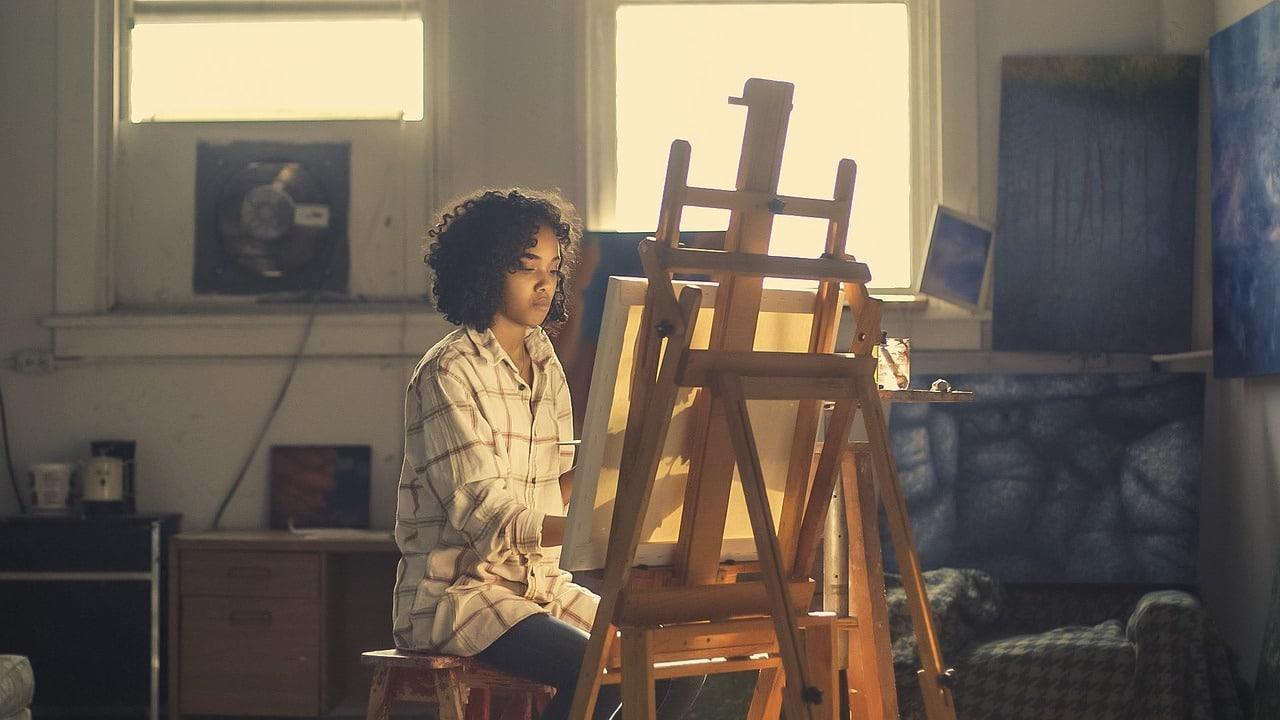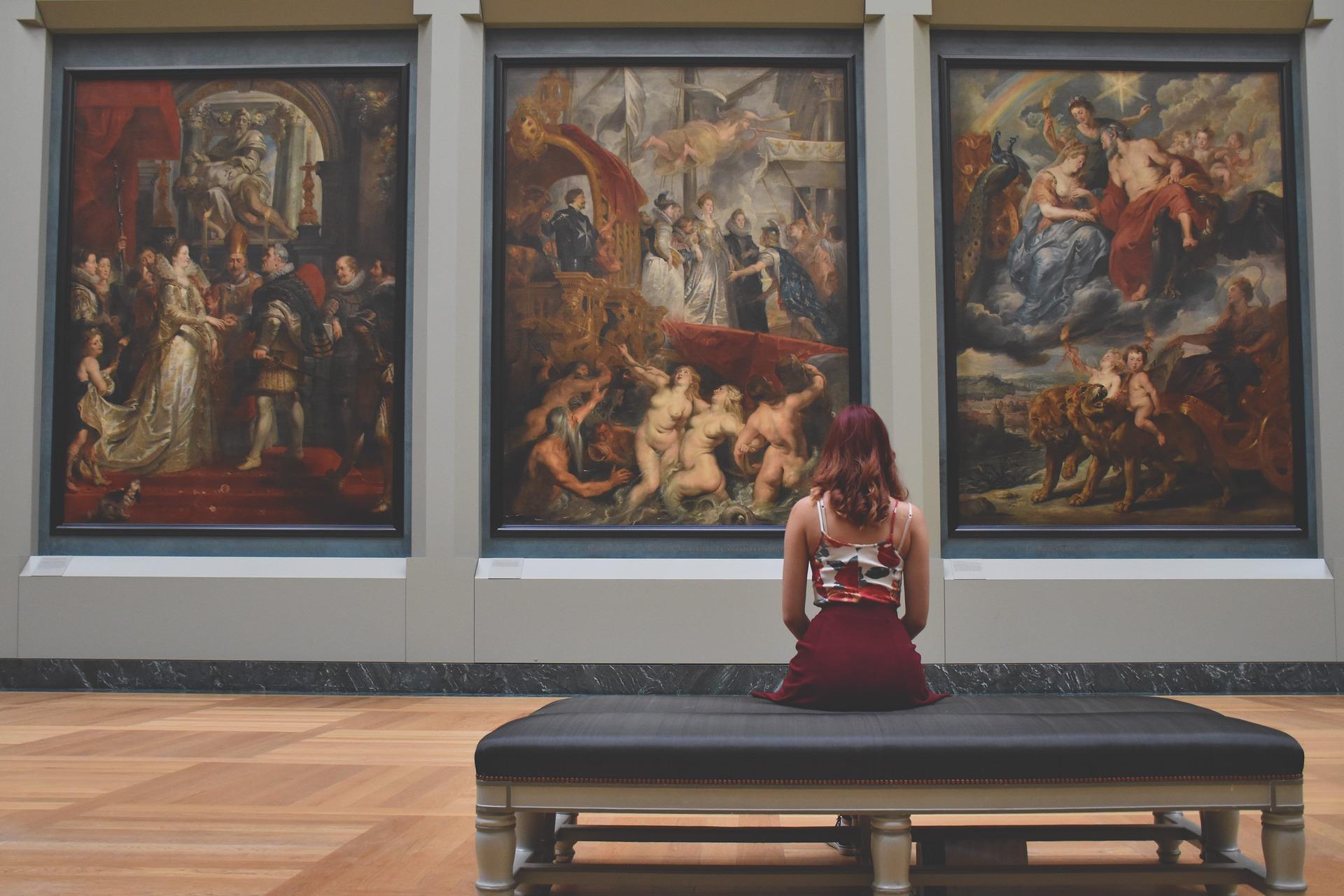In the art world, some of the greatest painters all had something in common, they used oils in their paintings. Van Gogh, Rembrandt, Vermeer, and Da Vinci created a lot of art, but their most famous paintings were done using oils.
You're not going to paint like any of these artists immediately, but to come anywhere remotely close to them, you're going to have to learn how to use oils in your paintings, a technique that you won't master overnight.
Oil painting technique is quite difficult at first, but it's not impossible and we have a quick guide here for you so that you can get started. Oils are one of the most rewarding media to work with as they can create vivid colours, great contrasts, and a glossy finish.
Here's what you'll need to start painting with oils, what you'll need to know, how you can improve as an artist, and some of the resources you should use to learn how to use oils.

Getting Started with Oil Paintings
It's not recommended that you just start painting using oils because they're rather tricky. So what do you need to know before you can start creating beautiful oil paintings?
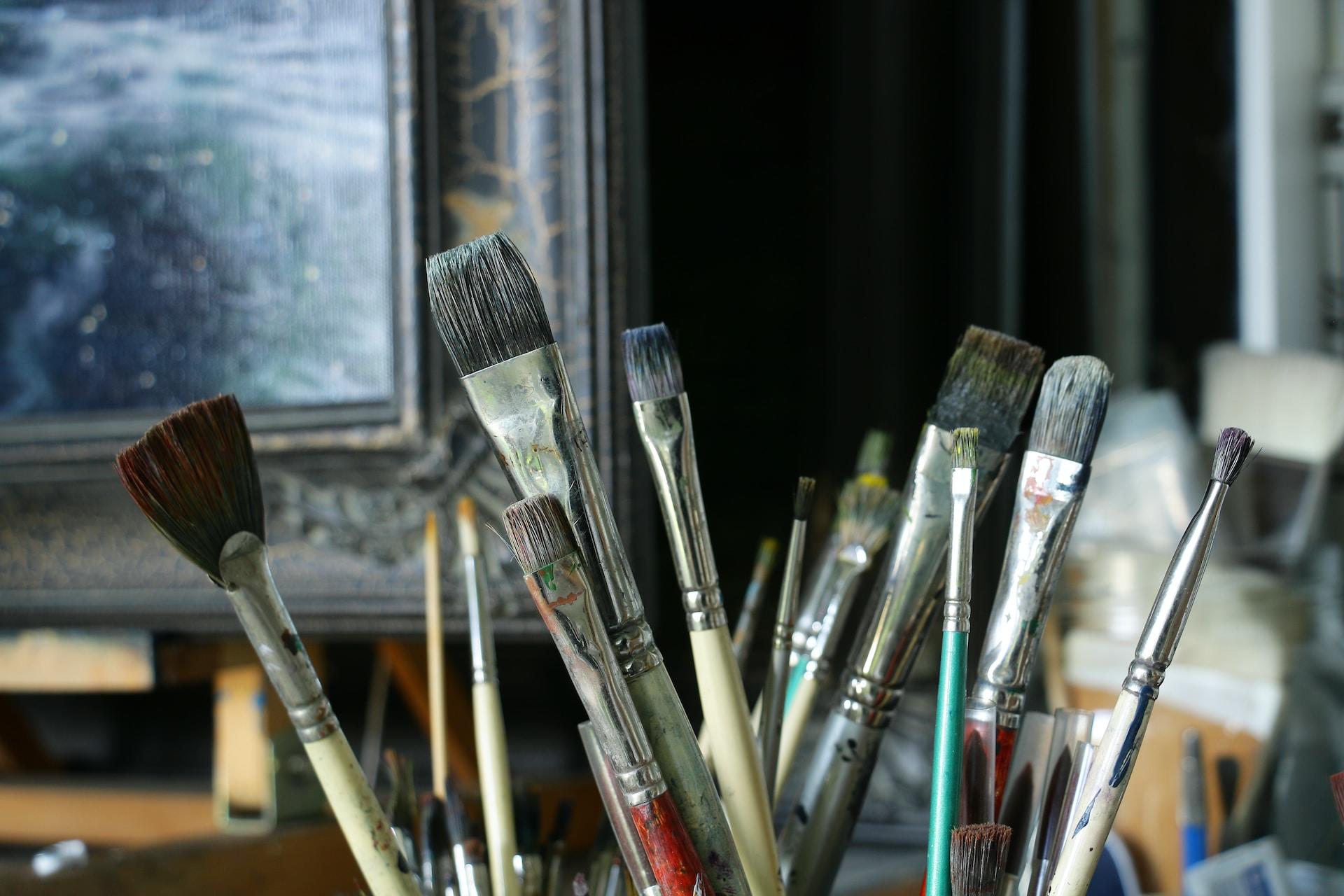
Firstly, you need to have a clear idea of what kinds of paintings you want to make. If you're interested in abstract pieces, your technique won't be the same as someone looking to create photorealistic oil paintings.
If you're completely new to painting with oils on canvas, here's what you need to know.
What Exactly is Oil Painting?
Before you start painting with oils, you need to know what they are. You probably know what paint is, but oils are particularly interesting because of the way the paint is made and how it behaves.
Oils are known for being viscous, taking a long time to dry, and providing the world's greatest painters with a medium they could use to create the world's most famous paintings.
Oil paints, as you could have guessed, are made from oils. The most common oils are linseed oil, walnut oil, and poppy seed oil. The oil in oil paints is important because it can be saturated with a lot of colour, which basically means that you can get a lot of pigment in it. Watercolours, for example, hold very little pigment, which is why the colours are much less vivid.
The fact that oils take a long time to dry allows artists to work much more slowly on their pieces and retouch parts of their paintings months after they've started. You can't do this with acrylics because they dry much more quickly.
What You'll Need for Oil Painting
If you're familiar with art, most of the things you'll need to paint will be quite obvious, but if you're new to painting with oils, then there may be a couple of things you haven't thought of.
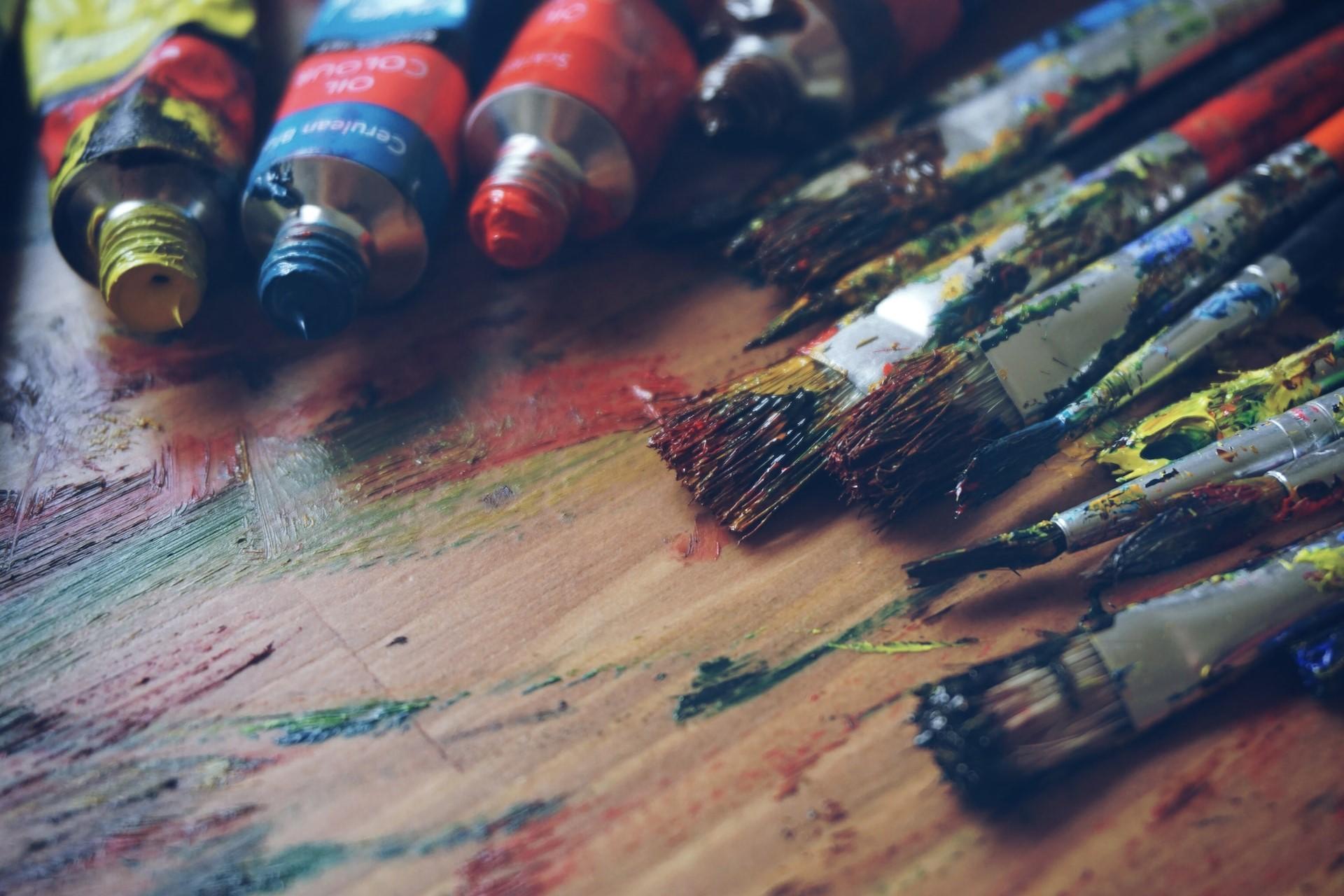
Firstly, you'll need paintbrushes. While you can start with just one, it's not recommended because you'll want a large flat brush for painting larger areas of the canvas and a smaller round paintbrush for details.
You'll also need a canvas. While you can technically paint with oils on paper, canvases are recommended because once they've been primed and sized, they're rigid enough for you to paint on.
Get yourself a palette, too, so that you can mix different colours. Oil paints have the advantage of mixing really well so remember that you won't necessarily need hundreds of different colours.
You won't be able to wash oils off your paintbrush with just water so make sure you get some white spirit. You can find artist's white spirit in any good art supplies shop.
To excel in oil painting – or, indeed, to get anywhere at all with it – you are going to need a certain number of practical tools with which to work.
Once you have these things, you start painting with oils!
Oil Painting Techniques for Beginners
Once you have all the essentials for oil painting, you'll need to consider the techniques, skills, and knowledge required to get the most out of the medium.
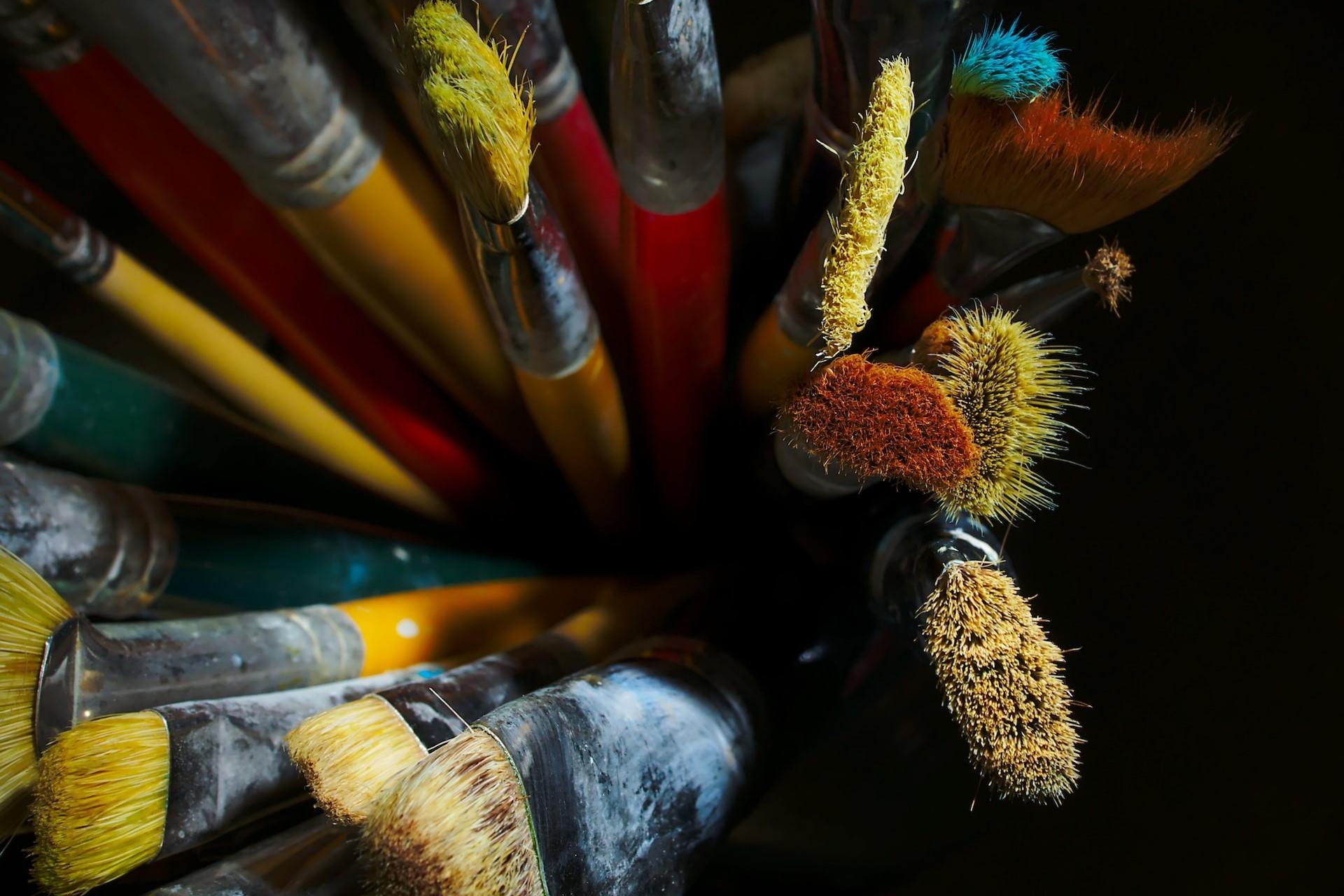
You can easily waste your oil paints by not knowing how to use them. For one, the canvas can rot, the paint might fade, or your whole painting will crack if you've done it wrong.
Don't panic, though. This can be avoided with proper preparation.
Oil Painting Preparation
Here's what you need to know before creating an oil painting.
- How to prime a canvas or surface
- How to thin your oils
- How to apply oils to a medium
These are part of the basic oil painting techniques that any beginner should know, but it's worth quickly covering them here.
If you don't prime your canvas, the oil from the paint can cause the fibres in the canvas to rot and your oils will start flaking off.
Since water and oil don't mix, you need to clean your brush with white spirit and not water. You also need to thin oil paint because it comes out of the tube really thick and vivid and you don't really want to waste lots of oil paint on the underpainting.
With oil painting, there are two golden rules: fat over lean and thick over thin. The fastest-drying paint needs to be put on first and thin paint will crack if it's on the top. The thicker and fatter paint needs to be put on last.
Different Oil Painting Techniques
There are so many different oil painting techniques. Landscape painters, for example, preferred a blending technique where the paints were mixed directly on the canvas to provide softer boundaries between colours, which is great for views of things that are supposedly far away from the observer.
Artists like van Gogh often used both alla prima and impasto painting techniques. Alla prima is when paint is applied "wet on wet" and impasto is when it's applied thickly so that you can see the individual brushstrokes.
Improve Your Oil Painting with Tutorials
If you're looking to learn how to paint with oils, there are plenty of guides and tutorials to help you.
New forms of entertainment like podcasts, online videos, and blogs offer plenty of different ways to learn more about painting with oils but don't discount traditional media like books and guides.
Be sure to try out different formats and work out which ones are best for you and how you like to learn.
Podcasts and Videos for Learning how to Paint with Oils
You can learn so much from podcasts and online videos and it's no different when it comes to art and learning to paint with acrylics, watercolours, or even oils.
With a visual medium such as painting, it's much better to learn via a visual medium and online video tutorials like those on YouTube are a great idea. You can find painters like Florent Farges and Lena Danya offering live painting demonstrations.
To learn more about the culture and history of oil painting, you can't beat museums. A lot of museums have an online presence where you can listen to podcasts or watch educational videos. The Tate Museums podcasts, for example, are particularly good.
There are plenty of great oil painting resources and tutorials out there if you're willing to look for them.
Look for Inspiration in Other Oil Paintings
Most artists are inspired by other artists so look for inspiration in the artworks of the world's greatest painters. Whether you like da Vinci, van Gogh, or Kandinsky, you can find plenty of great examples of wonderful oil paintings.
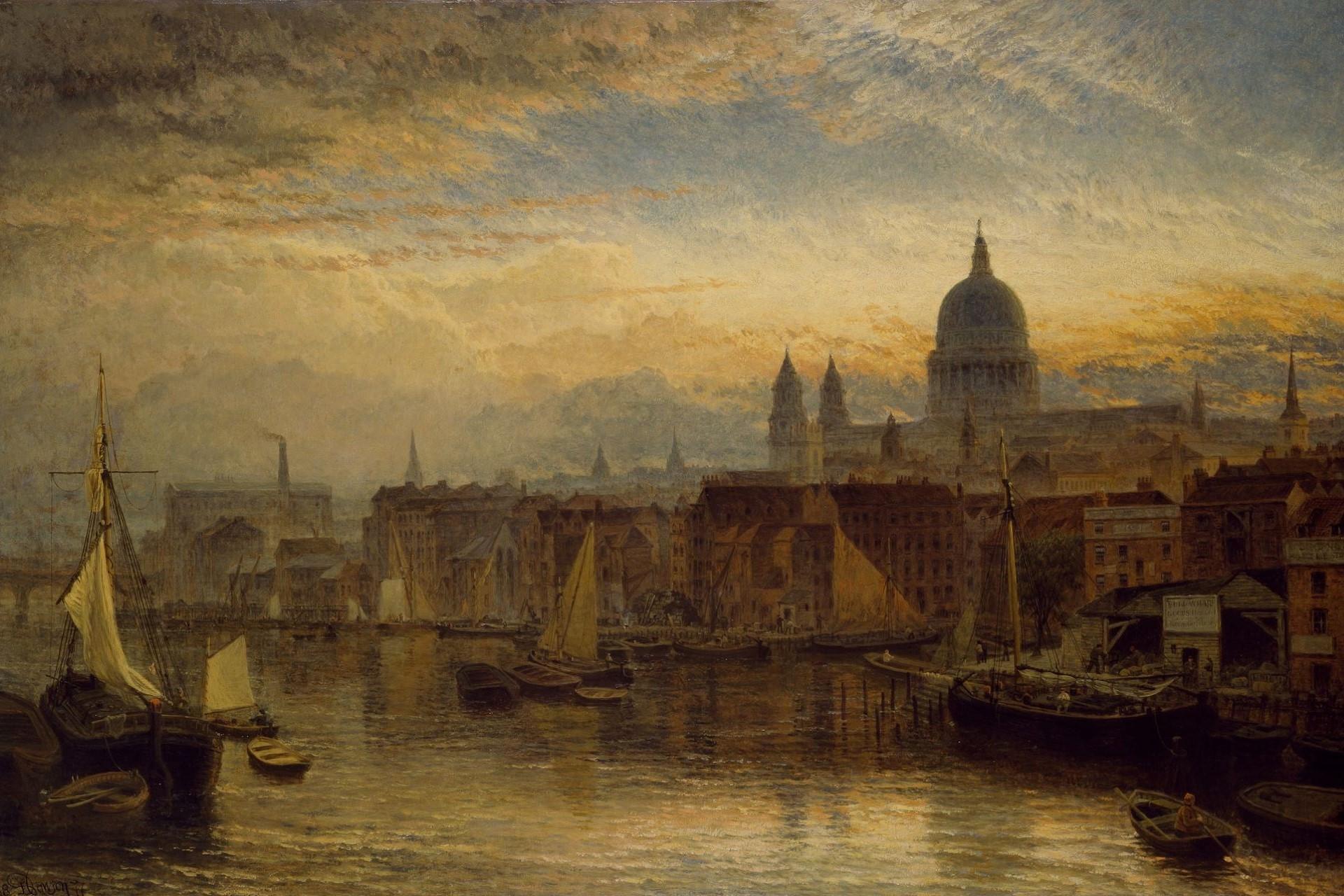
You can find examples of great oil paintings online, but if you really want to be inspired by the world's greatest oil paintings, it's a good idea to see the originals in museums and art galleries.
If you're still looking for help learning how to paint with oils, don't forget that private tutors can teach you exactly what you want to learn in a way that works for you. Even the world's greatest artists learned from other artists.
On the Superprof website, for example, there are plenty of experienced and qualified private art tutors so whether you want to learn how to paint with oils, acrylics, or watercolours, you can find someone to help you.
There are tutors all over New Zealand and around the world and even if you can't find a local tutor, you can always look for online tutors from all over the world to help you.
Whether you want to paint portraits or landscapes, a private art tutor will adapt each session to you so you can enjoy tailored tuition and learn at a pace that's right for you.
Many of the tutors on the Superprof website offer their first session for free so you can also try a few of them out before choosing which one's right for you and how you like to learn.

